First impressions of Fuji´s new rangfinder camera
There is a trend among photographers, who can be described as follows in short words: concentrate on the essentials and limit yourself in your equipment! After a short time and practice, you´ll find out that your photography will become more impressive. So the theory, but there is some truth in that.
Back to the roots with a beautiful small rangefinder camera? Why not, I try it with Fuji´s new X100F. After one month on the streets with this small tool, I am very impressed about what great results produces this little premium compact camera. Anyone who knows me, knows that I am since a long time an Olympus photographer. And it will remain so in the future. But that does not mean to look outside the box. Here a small illustrated field report with the new Fuji X100F:
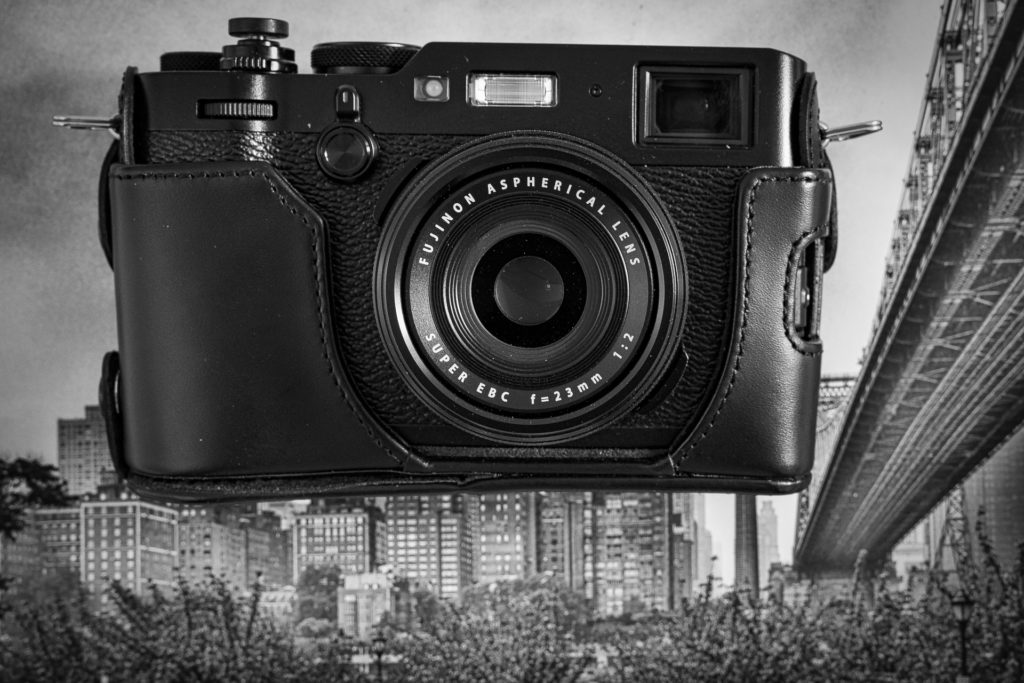 All beginnings are difficult. Many people believe that the menu navigation and settings in the Olympus mirrorless cameras were very large and very complicated. I felt exactly the opposite way, as I had the Fuji for the first time in my hands. But that is the nature of things. Every camera manufacturer is cooking his own soup here. After a while and an intensive study of the manual I met then the camera specific features.
All beginnings are difficult. Many people believe that the menu navigation and settings in the Olympus mirrorless cameras were very large and very complicated. I felt exactly the opposite way, as I had the Fuji for the first time in my hands. But that is the nature of things. Every camera manufacturer is cooking his own soup here. After a while and an intensive study of the manual I met then the camera specific features.
First of all, what inspires me on this camera are the excellent image quality of the 24 mp X-trans sensor and the fantastic film simulations. My favorites are Acros and Classic Chrome. The results here in the blog post talking for themselves. Already as a jpg. file the pictures come almost perfectly out of the cam. As far as possible to have the greatest flexibility, I shoot the images still in RAW. Lightroom makes it possible in the camera calibration settings to develop the RAW files very quick and easily with the respective Fuji film simulations. In this way, you can apply all film simulations on the respective image. Isn´t it perfect …!
The firmly mounted 23mm pancake lens is equivalent to a classic 35mm reportage focal length in full frame format. In the beginning, I was somewhat skeptical about whether the aperture of 2.0 is sufficient for a shallow depth of field. But take a look at the pictures above you. Is this not a fantastic blur …! As I said, back to the roots. The old Magnum masters of photography like Henri Cartier-Bresson, Robert Capa or Elliott Erwitt worked with no better lenses and cams, but have created masterpieces with their old stuff.
The camera offers a number of technical refinements. I will not write a technical review in this block post. If you are interested for all details, than take a look on Google. You will find tons of many good product descriptions. But I would like to hold two things still, although I have not tried one: the fantastic hybrid viewfinder and the leaf shutter. These two functions have a unique selling proposition in this class of camera. The leaf shutter allows flash sync speeds about 1/1000 sec. How sweet it is! I will report it as soon as I have tested it.
Finally a few thoughts to the camera performance in low light situations. The image quality is excellent even at high ISO settings. I tested the settings with ISO up to 12.800. The results are amazing, the noise is very low. But hand of heart: that should be a decisive factor for no one. The ISO advantage of the X100F relativized himself again with the missing image stabilisation. Ultimately means that in low light situations no big difference. With the Fuji, it becomes increasingly difficult to get hand hold sharp images under 1/60 sec. Cameras like the PEN-F with built-in image stabilizer allows hand hold shutter speeds up to 1 second.

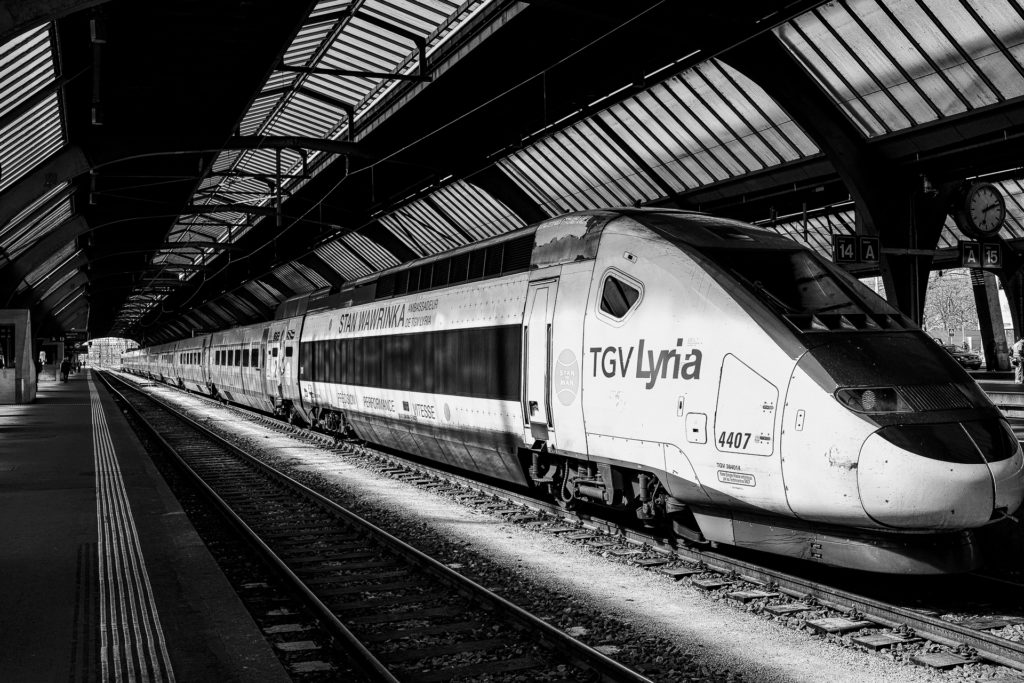


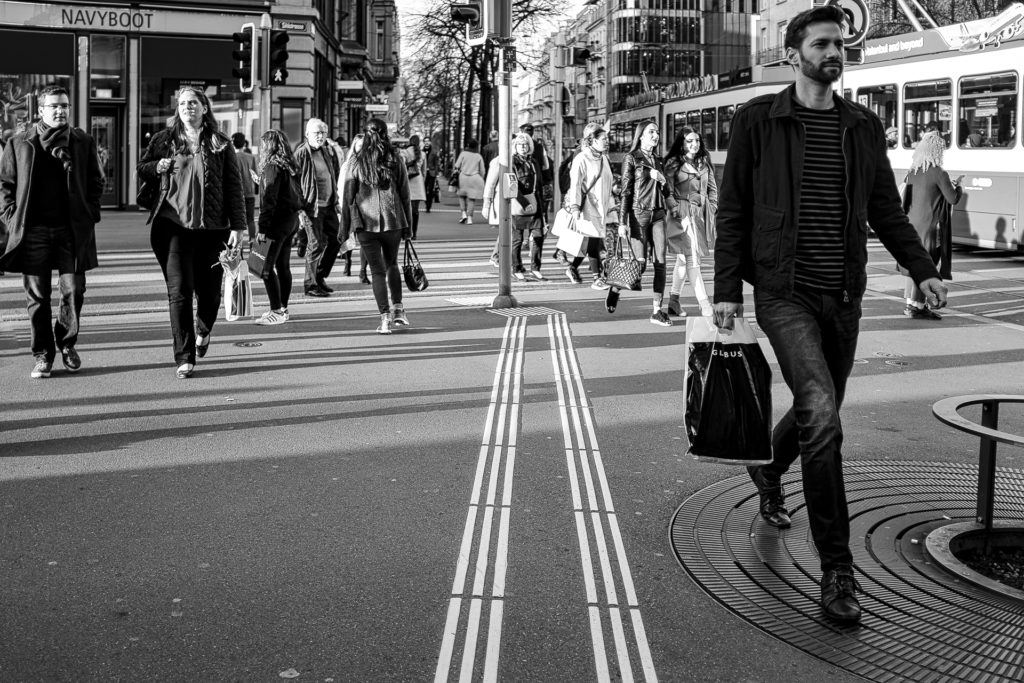
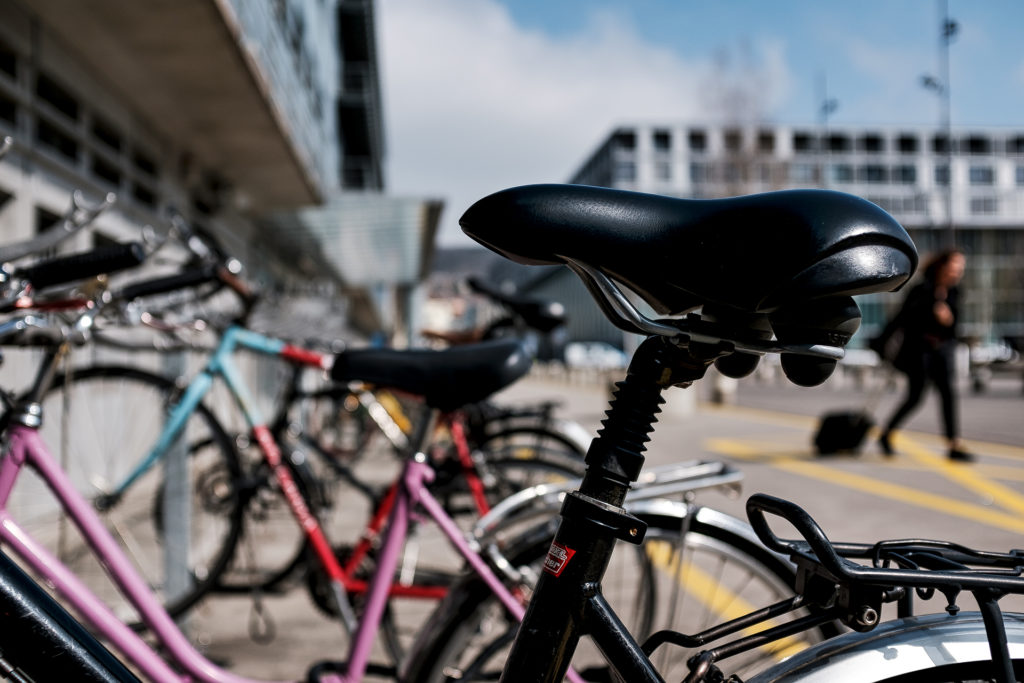

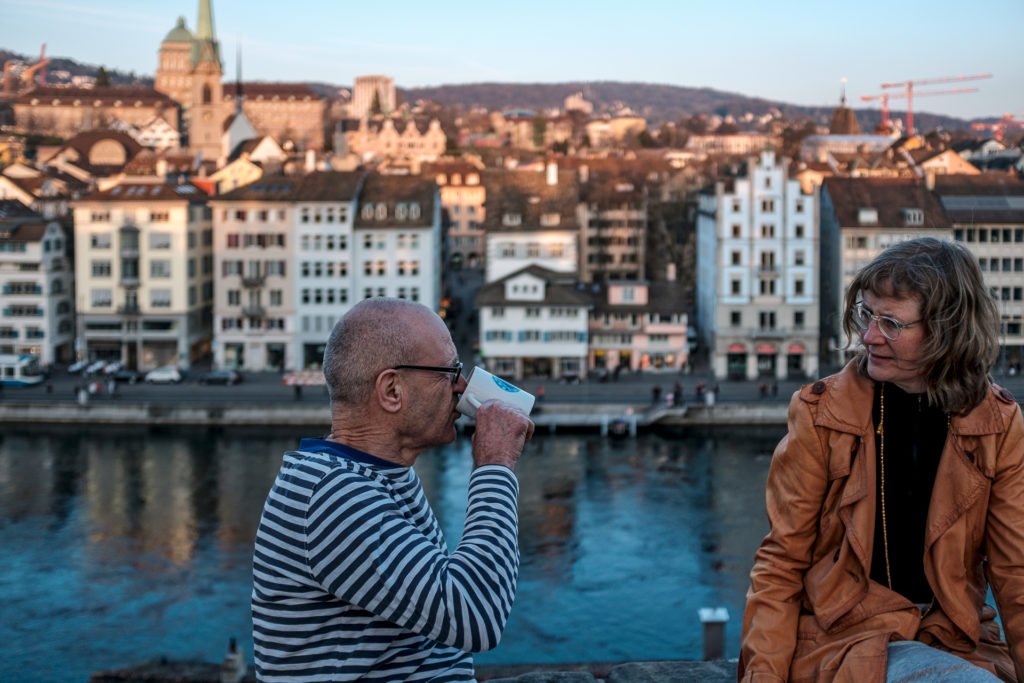
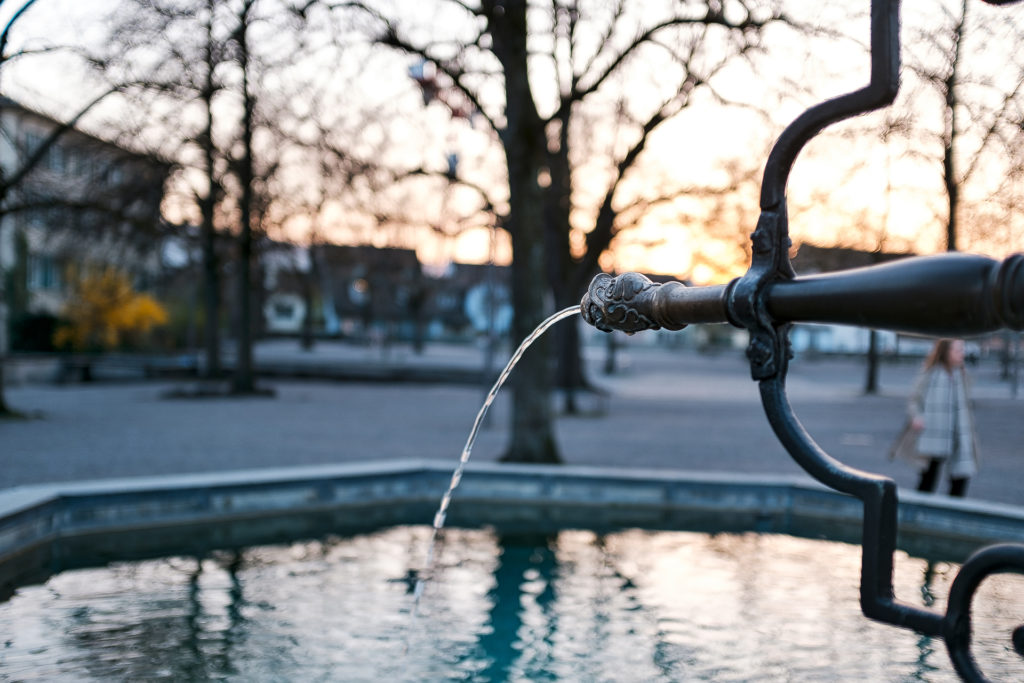

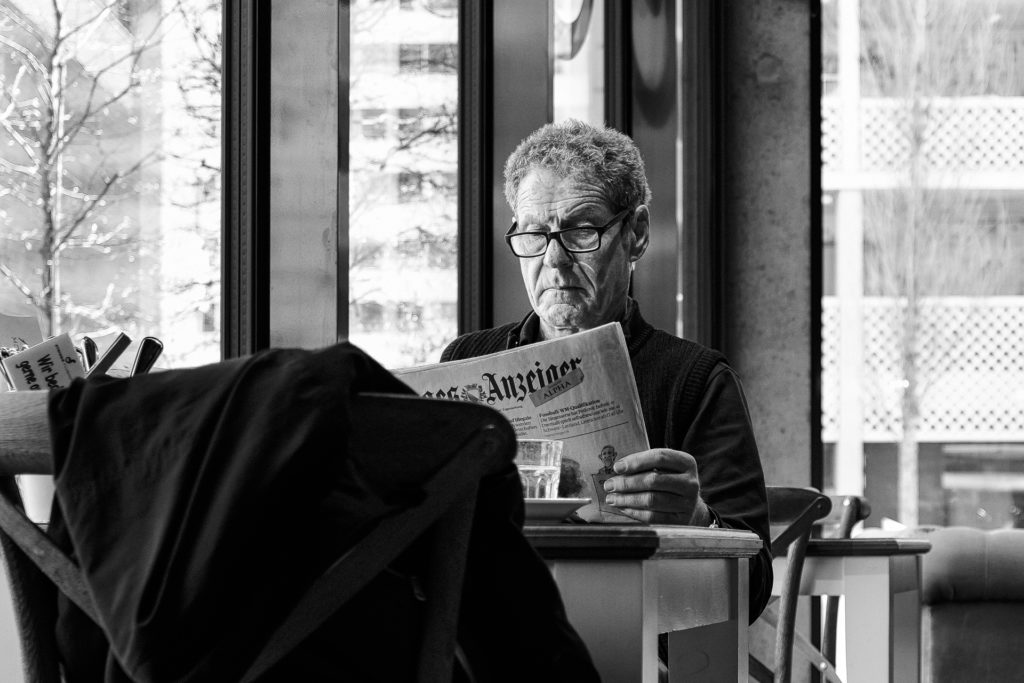
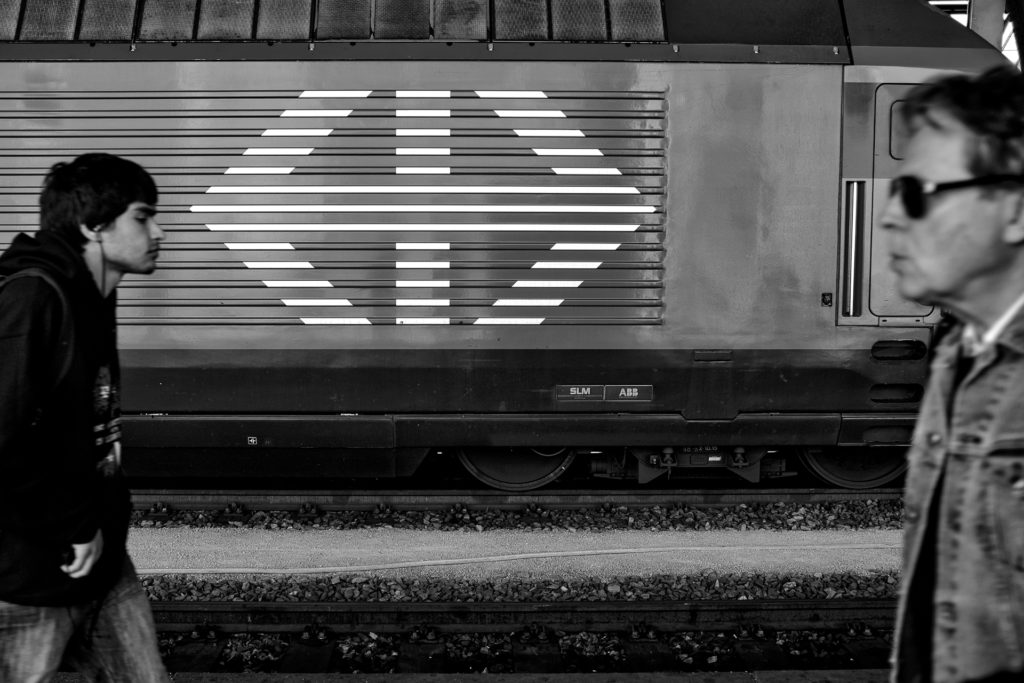
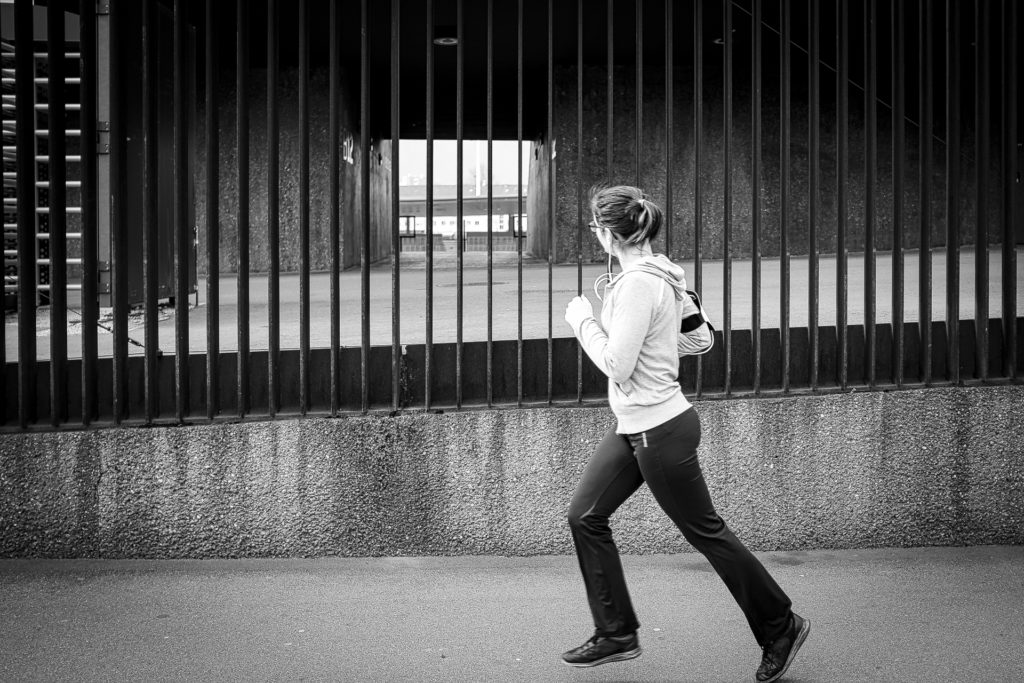
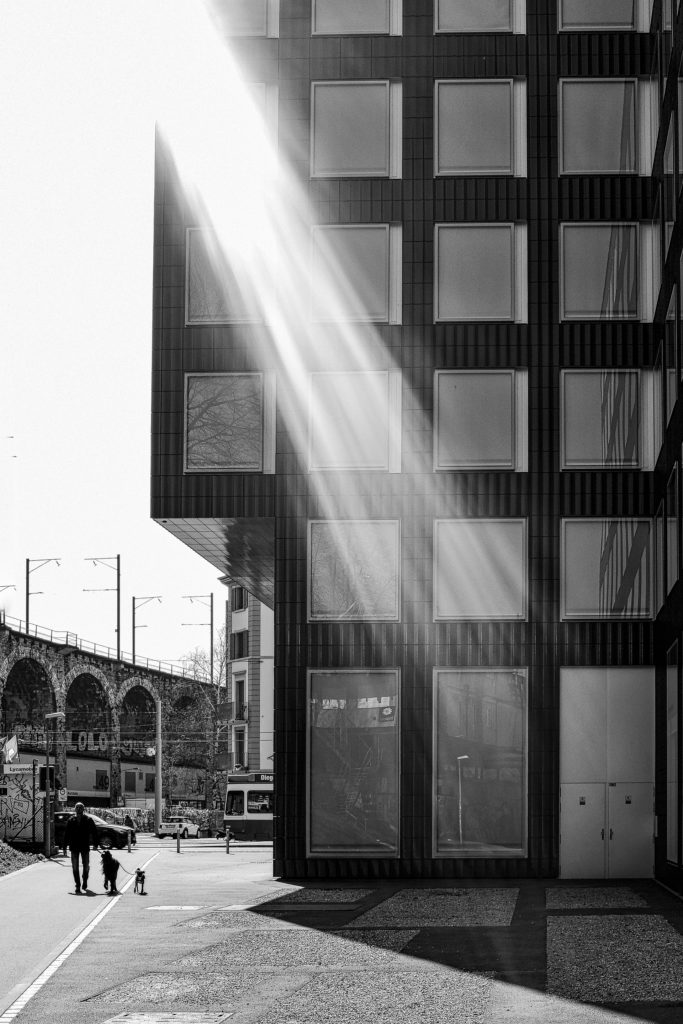
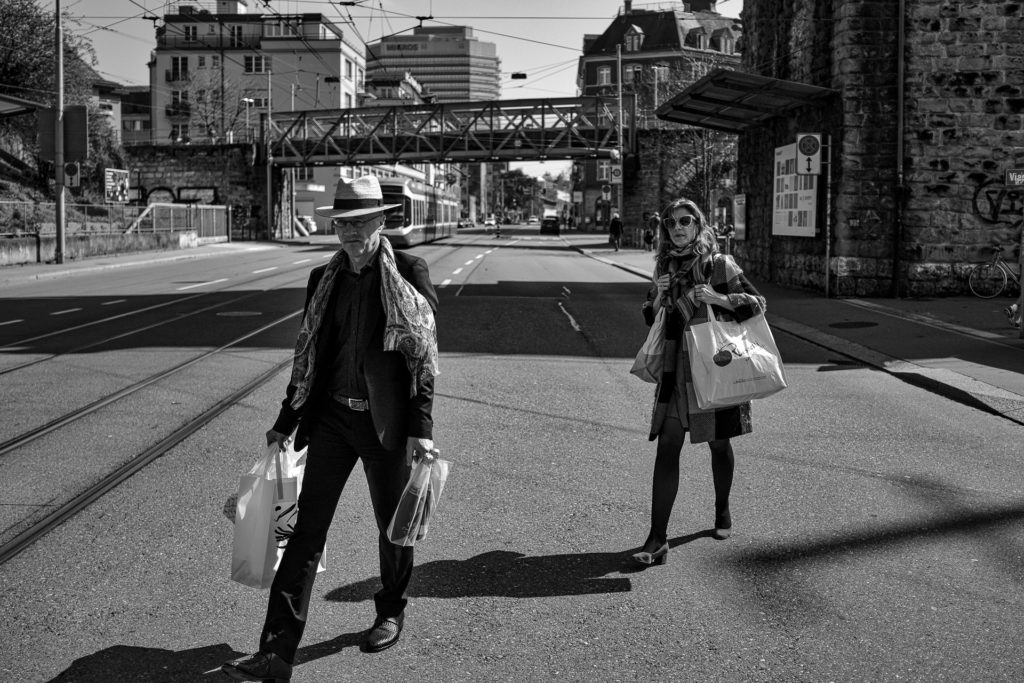
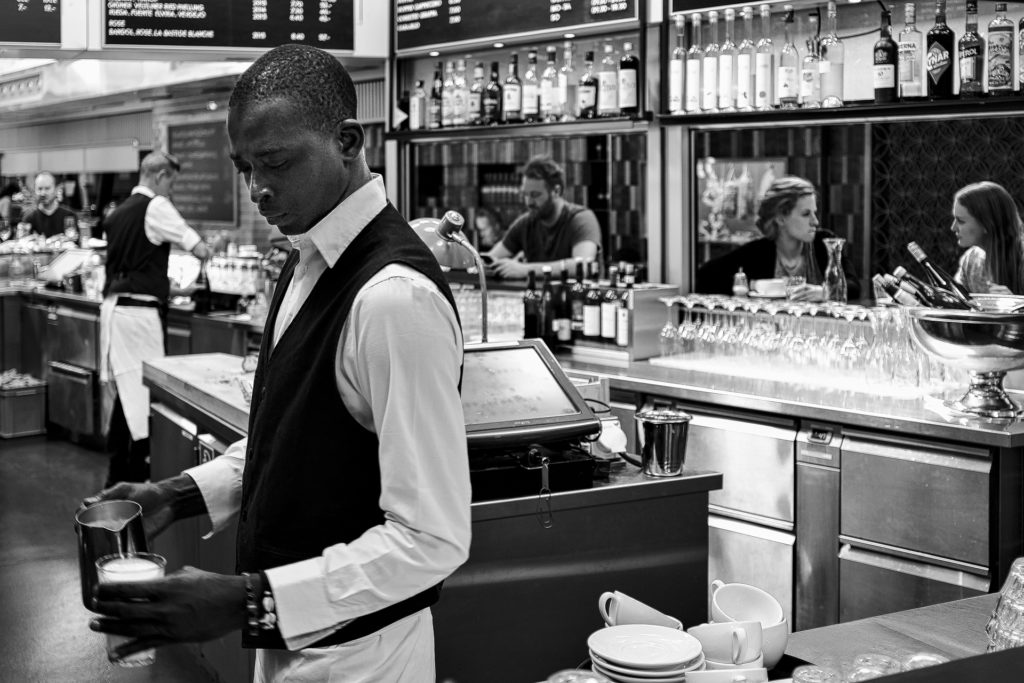


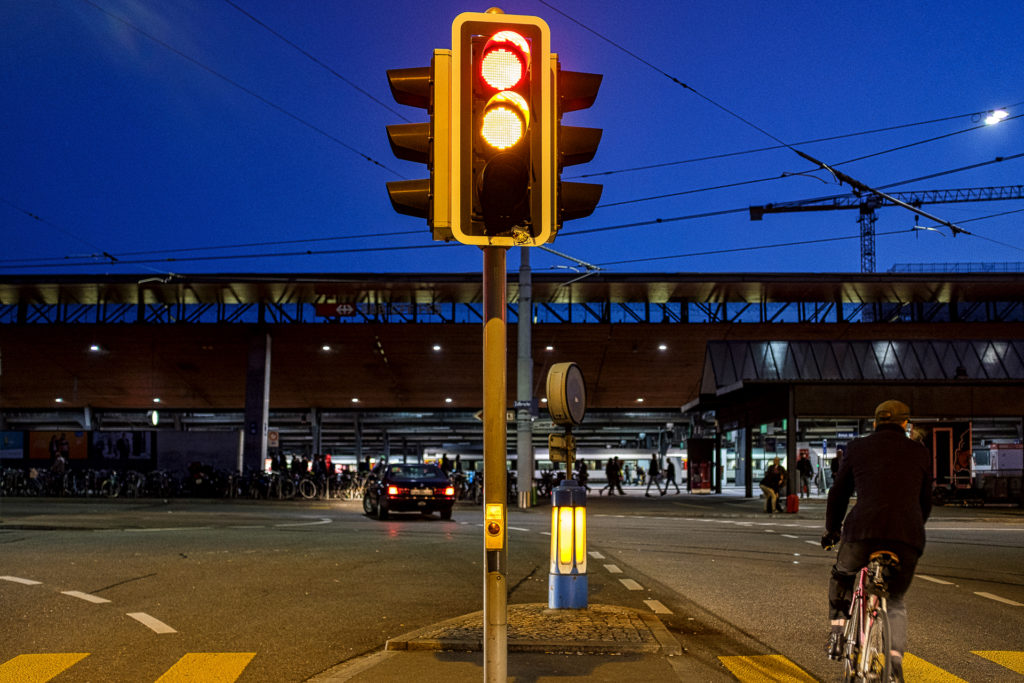

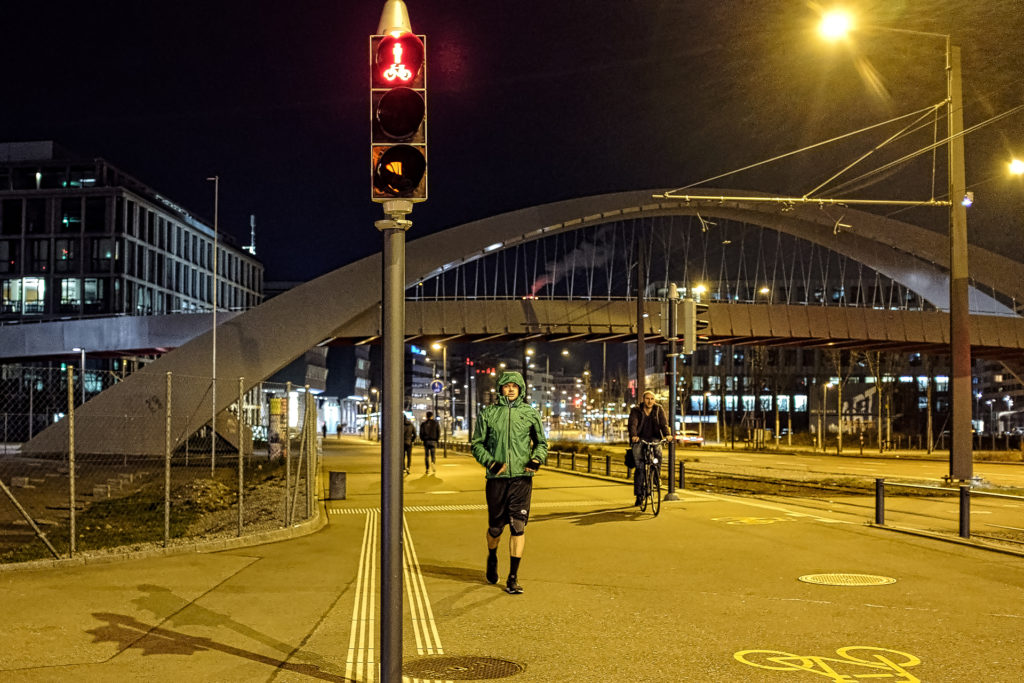

Thanks alot for your input.
Not to forget about Fujifilms great „pop-out“ colors. But I understand now that with the new digital color wheel inside the PEN-F system, one can easily pop-up and increase the color scale naturally to ones desire. It seem to be a wonderful function. You probably have tested it?
Yes, the PEN-F seem to have some very nice advantages, like the 5-axis system. This flexible camera has really caught my attention!
What about working with professional flash on the X100F vs PEN-F? Some experience?
I looked at some of your really beautiful landscape pics and they look really sharp – are they taken with an Olympus PEN or OMD? Some post production also in the process?
Also, nice to see the start and accomplishment of a photographers magazine.
It will boil down to either a PEN-F and I will be able to work with Olympus 12-40 f2.8 Pro / 17 mm f1.8 / 45 mm f1.8 (and some day in the future the 75 mm f1.8) or the X-T20 together with 18-55 mm f2.8-4 and probably a 56 mm f1.2 lens one day.
Shurely, we live in a good age with lot’s of great alternatives.
All the best/
Robert
Hi Mike.
Some really nice pics, especially the black and white ones. I reside in Sweden and am quite new to photography and the „tech“ side of it but have a strong feel and understanding of the artistic side instead.
Comparing working with the Fuji X100F and the Olympus PEN-F; when it comes to the beautiful „Acros“ vs „Monochrome“ mode and the quality and sharpness of the pictures – which camera do you actually prefer more? And which one would you recommend for architectural and portrait work?
I already have the Olympus 12-40 mm Pro (and use it with my daughters older PEN camera) but am aware that I could instead sell it and buy the 28 mm + 50 mm conversion lenses should I decide buying the X100F instead of the PEN-F.
Am not totally convinced that the 4/3-system is good enough compared to the aps-c system found on fujifilm x-cameras in terms of ISO performance and detail in pictures. But when looking at images taken with an Olympus + the Oly 75 mm 1.8 lens you see some impressive quality and details in portrait photos. Don’t know if Fuji really have an alternative „portrait“ lens as good as the 75 mm 1.8? Do you know of one to recommend? Being able to switch lenses (instead of going for the X100F) – I would then consider the somewhat „cheaper“ Fuji X-T20 (including the Fuji 18-55 mm kit lens) compared to the X-T2.
Hope you can help out 🙂
Looking forward hearing from you.
Best regards/
Robert
Hi Robert,
thanks a lot for your comment.
It´s a difficult question, since both cameras are really excellent. In my opinion, the Fuji X100F is a more minimalistic cam, the PEN-F offers far more technical possibilities. For example live composite and live bulb or the touch screen display, to name only a few. It´s true, with the Fuji X-system you can capture images with high ISO performance up to 12.800. The same image qualitiy with the PEN-F goes only up to ISO 3.200. But the ISO advantage of Fuji relativized himself again with the missing image stabilisation. Ultimately means that in low light situations no big difference. With the Fuji, it becomes increasingly difficult to get sharp images under 1/60 sec. With the PEN-F hand hold images with a exposure time of 1 sec are possible.
The difference by black & white photography between Acros film simulation with the Fuji and Monochrome (mono-mode 2) with the PEN-F is also not so big. Acros is a little bit more smooth, Monochrome has more contrast in the highlights. But you can also change the respective settings on both cameras. A small advantage of the Fuji is, that you can capture RAW files and develop them with the Acros film simulation or any other film simulation in Lightroom with the settings in camera calibration. The PEN-F takes the Monochrome pictures only as a jpg. file.
For portraits, the Olympus 75mm 1.8 is awesome. In my opinion the better choice than the Fuji X100F. Fuji offers the 56mm 1.2 lens for the interchangeable lens cameras, but I have no experience with it. The image quality with m4/3 premium or pro lenses is nearly the same. Very small advantages with the APS-C format, if you like to crop your images.
For me, the Fuji X100F is a camera to limit myself. One camera, one focal length. Otherwise, when I walk with my Olympus cam´s, I take everytime 2 or 3 lenses with me.
Hope, I could help you a little bit 🙂 and you make your choice
Best regards
Mike